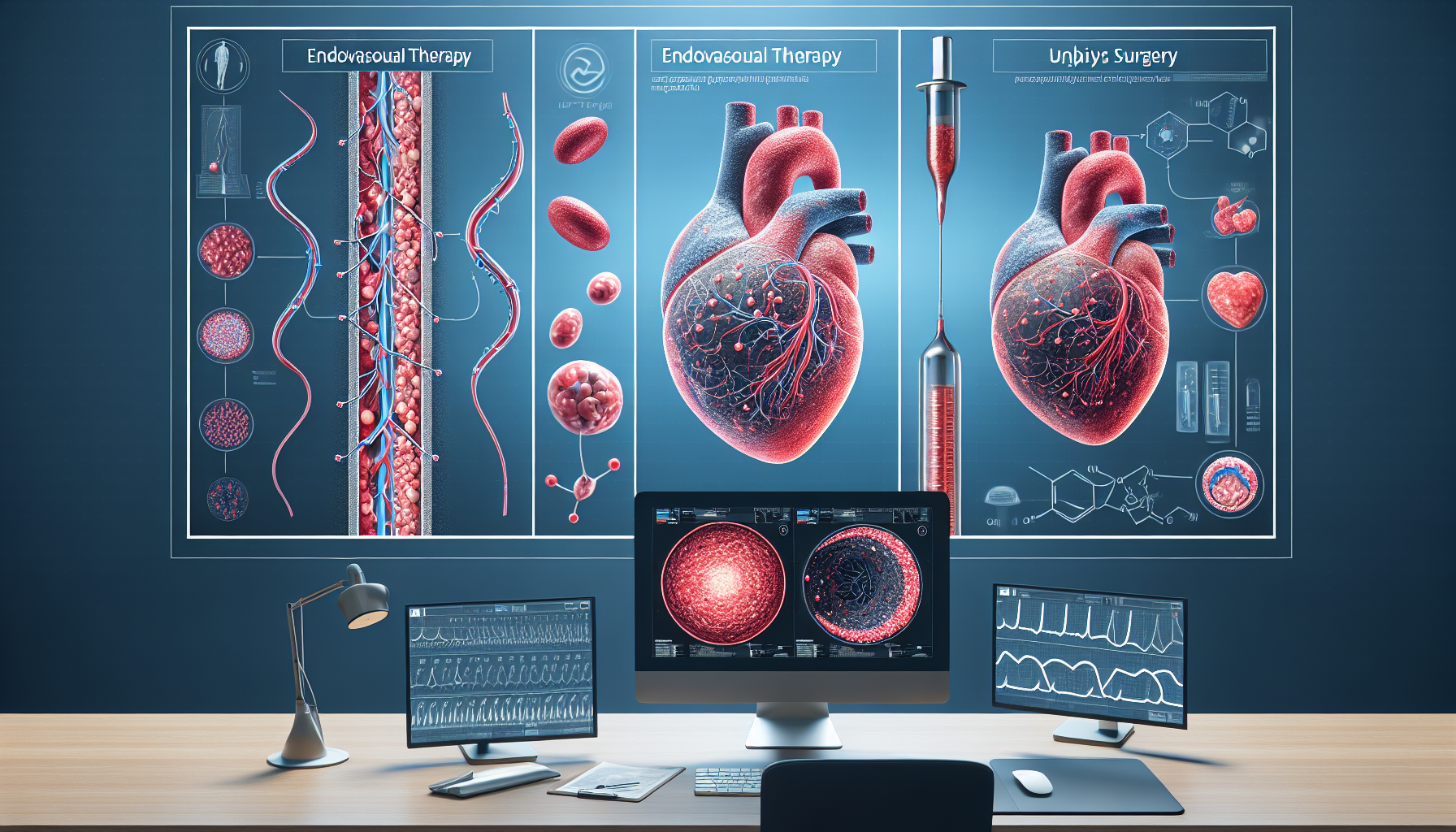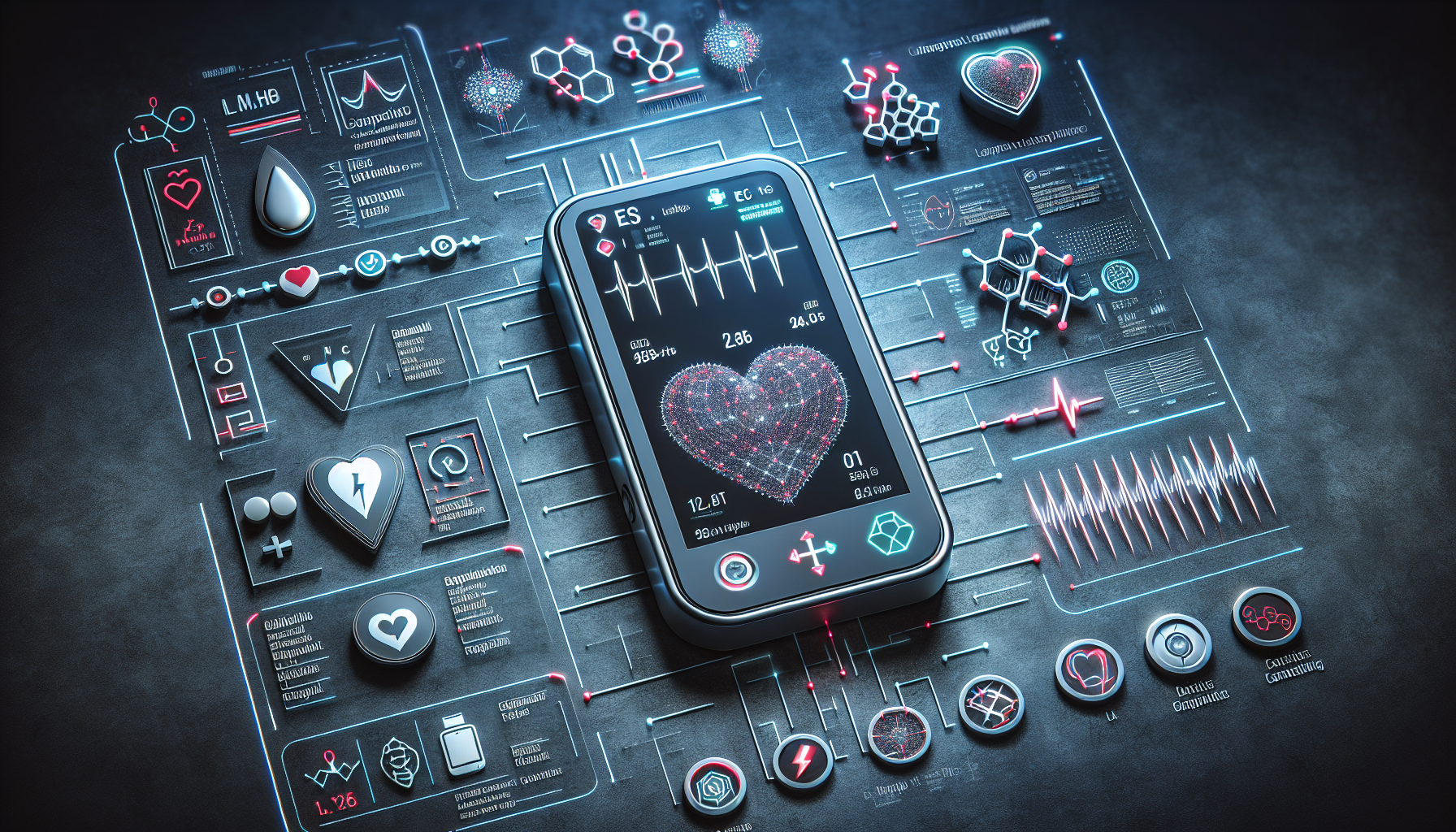New Wireless Heart Devices Prove Safe and Effective
Key Takeaways
- The mCRM system is safe and effective for managing serious heart conditions.
- Wireless communication between the components is highly reliable.
- This system reduces the need for wires, decreasing potential complications.
Did You Know?
Introduction to the New Heart Devices
The recent Heart Rhythm 2024 conference showcased promising results from the MODULAR ATP trial. This trial focused on a groundbreaking system that includes a leadless pacemaker and a subcutaneous implantable cardioverter defibrillator (ICD), which communicate wirelessly to manage serious heart conditions.
How the System Works
The system, developed by Boston Scientific, is known as the mCRM system. It involves two main components: the subcutaneous ICD (the Emblem S-ICD) and the leadless pacemaker (the Empower). The S-ICD is implanted just under the skin and works to prevent sudden cardiac death by detecting and stopping life-threatening arrhythmias. It communicates wirelessly with the Empower pacemaker, which is entirely leadless, meaning it does not have wires (leads) that connect it to the heart.
Interim Trial Results
Dr. Reinoud E. Knops, a specialist from the University of Amsterdam, presented the interim results from the trial. The trial involved 162 patients with an average age of 60, and 17% of them were women. These patients were monitored for any major complications over a 6-month period. Remarkably, 97.5% of the participants were free from major pacemaker-related complications, surpassing the expected performance goal.
Key Findings
The safety of the mCRM system was demonstrated through various metrics. Notably, 98.8% of the devices successfully communicated wirelessly, far exceeding the performance goal. Additionally, 97.4% of patients had effective pacing thresholds, showing the device's efficiency in maintaining proper heart rhythms.
Success Rates of the System
The trial also revealed that 61.3% of arrhythmia episodes were successfully treated with antitachycardia pacing provided by the leadless pacemaker. Importantly, there were no reports of device miscommunication, pain, or patient discomfort during therapy. Moreover, none of the patients became dependent on the pacemaker for their heart rhythm.
Patient Safety and Mortality
During the 6-month observation period, there were eight deaths among participants, but none were related to the device, its implantation procedure, or arrhythmias. This outcome underscores the safety of the mCRM system for managing life-threatening heart conditions.
Advantages Over Traditional Devices
Traditional ICDs rely on leads that are placed inside the veins and directly attached to the heart. This can lead to complications like lead breakage or infection. The subcutaneous ICD avoids these issues by being placed outside the thoracic cavity, and when combined with the leadless pacemaker, it provides comprehensive heart rhythm management without the need for leads.
Implications for Wider Use
With the mCRM system proving its safety and effectiveness, it brings new possibilities for treating a larger patient population. Dr. Knops highlighted that patients who already have an S-ICD can be easily upgraded to include the leadless pacemaker once it becomes commercially available in the U.S.
Future Prospects
The results from the MODULAR ATP trial pave the way for future advancements in cardiac care. Patients who need both antitachycardia and bradycardia pacing can benefit from this innovative system, ensuring better management of their heart conditions.
Conclusion
The mCRM system represents a significant advancement in heart rhythm management technology. By eliminating the need for wires and providing effective pacing solutions, it offers a safer and more efficient option for patients at risk of fatal heart conditions.




